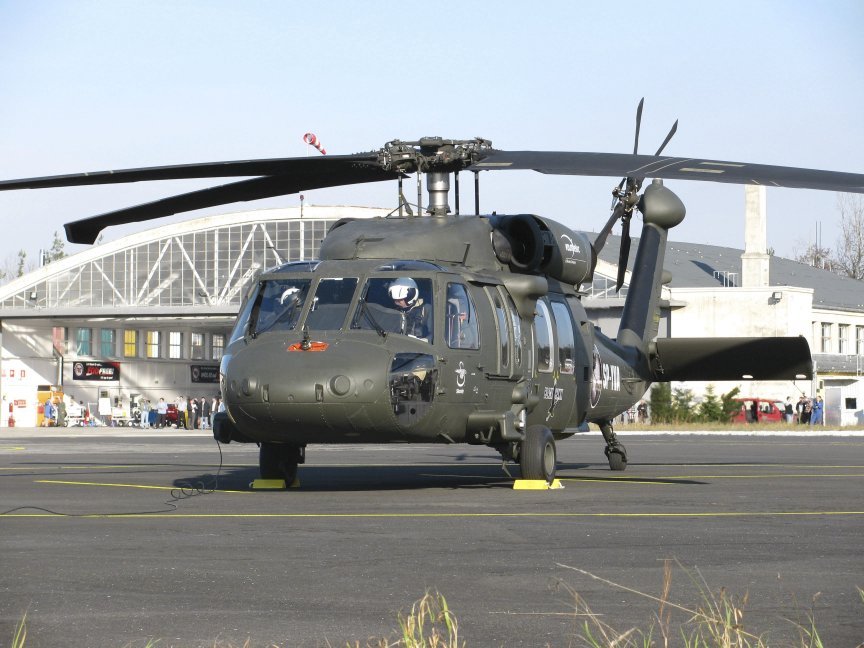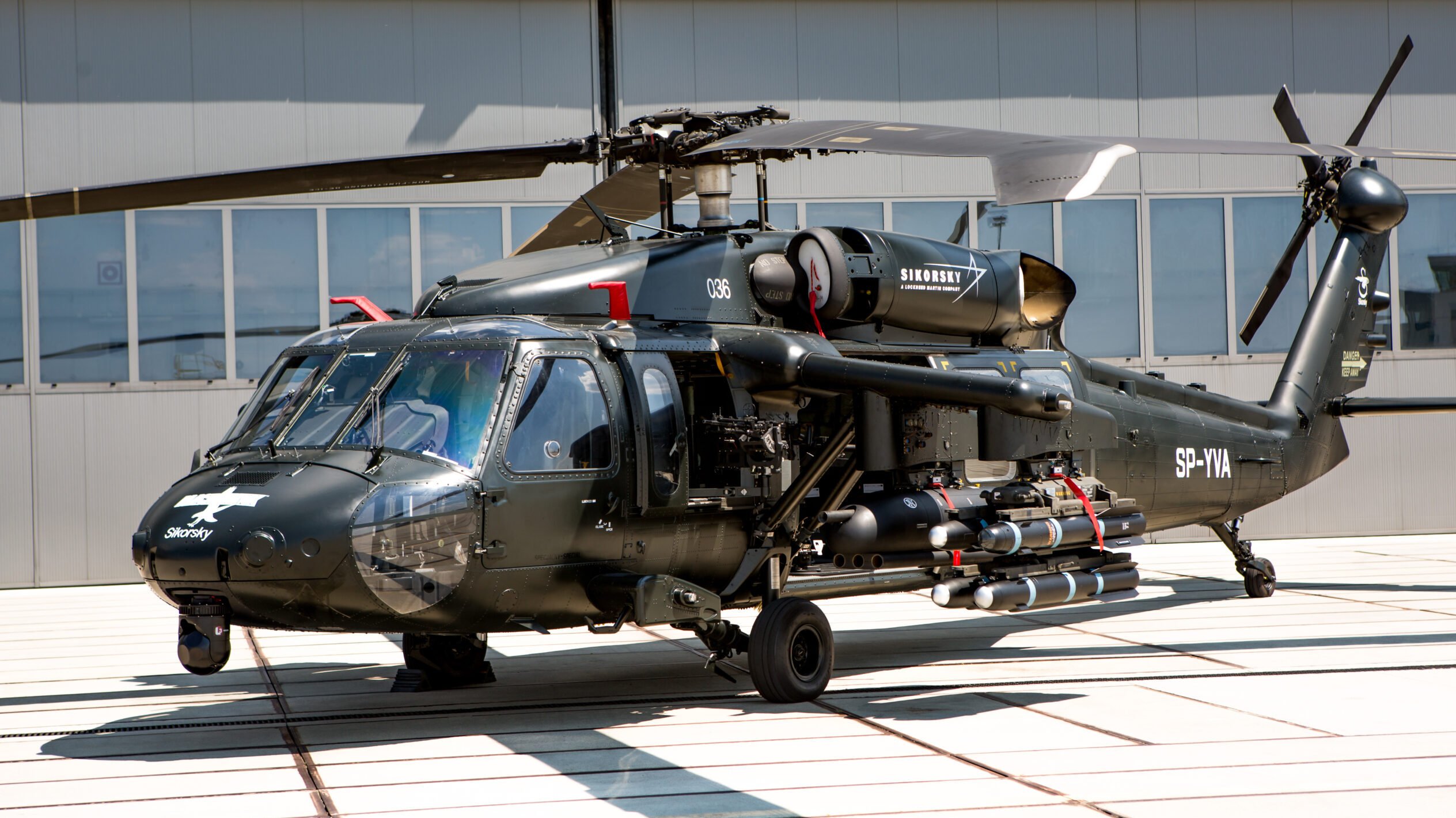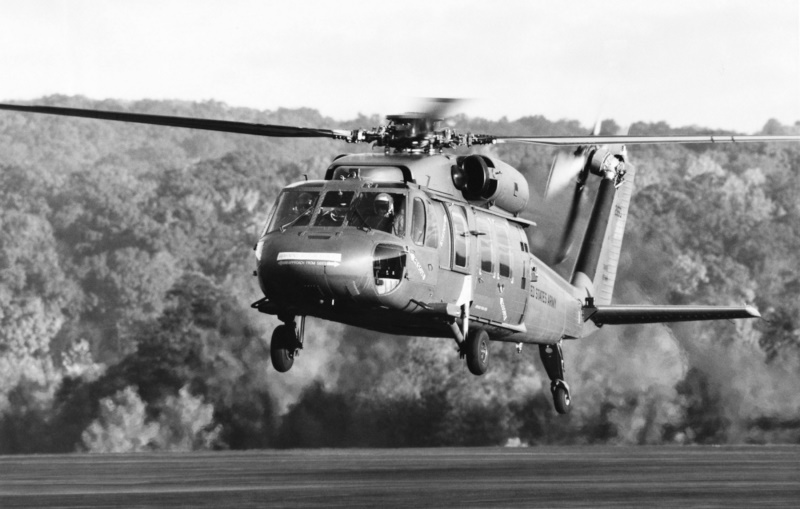Exploring the Capacities of the Sikorsky S 70: A Comprehensive Review
Exploring the Capacities of the Sikorsky S 70: A Comprehensive Review
Blog Article
High-Performance Multi-Role Rotorcraft Featuring Advanced Cockpit Technologies and Integrated Sensing Unit Systems
The realm of rotorcraft innovation has actually seen remarkable improvements in current times, specifically in the realm of high-performance multi-role rotorcraft equipped with innovative cabin modern technologies and seamlessly incorporated sensor systems. These innovations have not just boosted the operational abilities of rotorcraft but have additionally significantly impacted contemporary aviation procedures on different fronts. From enhanced goal versatility to enhanced operational effectiveness, the convergence of innovative cockpit innovations and incorporated sensor systems has introduced a new era of possibilities for rotorcraft applications. In the following discussion, we will explore the evolution of rotorcraft innovation, look into the world of advanced cockpit technologies, and take a look at the effects of integrated sensing unit systems on the operational flexibility and effectiveness of contemporary rotorcraft.
Evolution of Rotorcraft Modern Technology
The evolution of rotorcraft innovation has been noted by significant improvements in the rules of aerodynamics, materials, and propulsion systems, shaping the abilities and efficiency of contemporary rotorcraft. Furthermore, developments in propulsion systems, including much more effective engines and ingenious propulsion modern technologies, have actually made it possible for rotorcraft to accomplish higher altitudes, faster speeds, and greater hauls.
These innovations have not just transformed the abilities of rotorcraft but have additionally increased their applications throughout different industries, including army, business, and emergency services. The continual advancement of rotorcraft modern technology remains to drive advancement in the field, pressing the limits of what is possible and forming the future of upright flight.
Advanced Cockpit Innovations
Building upon the fundamental innovations in the rules of aerodynamics, materials, and propulsion systems, the world of rotorcraft innovation currently changes emphasis towards pioneering Advanced Cockpit Innovations. The assimilation of innovative innovations within the cockpit setting plays a critical function in enhancing the functional capacities, safety and security, and performance of contemporary rotorcraft. sikorsky s 70. Advanced Cabin Innovations encompass a large selection of functions developed to supply pilots with enhanced situational understanding, streamlined information administration, and intuitive control interfaces
Among the crucial advancements in cabin design is the implementation of glass cabins, which change traditional analog assesses with high-resolution screens. These digital systems offer personalized designs, real-time information combination, and improved readability, allowing pilots to access important information at a glimpse. Additionally, progressed avionics systems, such as fly-by-wire controls and augmented fact screens, are transforming exactly how pilots connect with the airplane, allowing for exact control and improved decision-making capacities.


Incorporating advanced cabin technologies not only improves pilot performance but likewise adds to total objective performance and safety in complicated functional environments. By leveraging state-of-the-art technologies within the cabin, rotorcraft makers are setting brand-new standards for operational quality and mission success.
Integrated Sensor Solutions
With the development of rotorcraft modern technology, the integration of advanced Integrated Sensing unit Systems has actually ended up being critical in improving operational efficiency and safety. These Integrated Sensor Systems incorporate a broad variety of innovations that provide critical information for different features such as navigation, security, targeting, and environmental tracking. By seamlessly integrating sensing units like radars, cameras, lidar, and infrared systems right into rotorcraft, drivers can profit from boosted situational recognition, enhanced mission capabilities, and reduced pilot workload.
One key benefit of Integrated Sensing unit Systems is their capacity to gather real-time data and give actionable understandings to pilots and goal operators. Progressed radar systems can discover and track targets over long ranges, allowing for early hazard detection and effective action planning. Furthermore, incorporating electro-optical and infrared cams enables rotorcraft to carry out reconnaissance and monitoring goals with precision and accuracy.
Essentially, the combination of sophisticated sensing unit technologies into rotorcraft not only enhances operational effectiveness but also contributes significantly to overall mission success and crew safety. As rotorcraft continue to develop, the function of Integrated Sensing unit Systems will certainly remain at the leading edge of advancement in the aerospace sector.
Functional Adaptability and Effectiveness
Enhancing operational versatility and efficiency in rotorcraft is an all-natural development from the combination of sophisticated Integrated Sensor Systems. By leveraging the understandings and information offered by these advanced sensor systems, rotorcraft can optimize their efficiency across various goals and settings.
Operational flexibility encompasses the capacity of rotorcraft to adjust to different roles and circumstances efficiently. With innovative cabin technologies and integrated sensor systems, rotorcraft can seamlessly transition between jobs such as search and rescue, medical evacuation, security, and a lot more. This flexibility enhances the rotorcraft's ability to meet varied operational requirements without requiring substantial reconfiguration.
Efficiency in rotorcraft procedures is vital for making the most of goal efficiency and source utilization. Integrated sensor systems play a crucial function in boosting functional efficiency by supplying real-time data on climate condition, surface mapping, target tracking, and a lot more. This information enables pilots to make informed decisions swiftly, maximize flight courses, preserve gas, and boost general goal performance.
Effect On Modern Air Travel Workflow

Furthermore, the integration of advanced sensors promotes improved objective preparation and execution, enabling rotorcraft to perform a vast array of tasks with boosted precision. From search and rescue operations to airborne firefighting and regulation enforcement missions, the abilities of contemporary rotorcraft geared up with advanced cabin modern technologies and integrated sensor systems are exceptional.
Additionally, the influence of these innovations prolongs beyond operational performance to cost-effectiveness and sustainability. By maximizing flight paths, gas consumption, and upkeep schedules, high-performance rotorcraft outfitted with innovative cabin technologies and sensors add to lowering functional Full Report expenses and environmental influence, making them important assets in modern aeronautics procedures.
Final Thought
In conclusion, the high-performance multi-role rotorcraft with sophisticated visit the site cabin modern technologies and incorporated sensing unit systems represents a considerable advancement in aviation innovation. These technologies enhance functional adaptability and efficiency, ultimately influencing modern-day air travel procedures in a favorable method. The assimilation of these innovative modern technologies permits improved abilities and efficiency in various mission circumstances, showcasing the proceeded innovation of rotorcraft modern technology in the air travel market.
The world of rotorcraft modern technology has seen remarkable advancements in current times, especially in the world of high-performance multi-role rotorcraft geared up with innovative cockpit innovations and effortlessly incorporated sensor systems. From enhanced objective versatility to enhanced functional effectiveness, the convergence of advanced cabin technologies and integrated sensor systems has ushered in a new age of opportunities for rotorcraft applications. In the adhering to discussion, we will certainly check out the advancement of rotorcraft technology, delve into the world of sophisticated cabin developments, and take a look at the ramifications of incorporated sensing unit systems on the functional click now adaptability and efficiency of modern rotorcraft.

Report this page